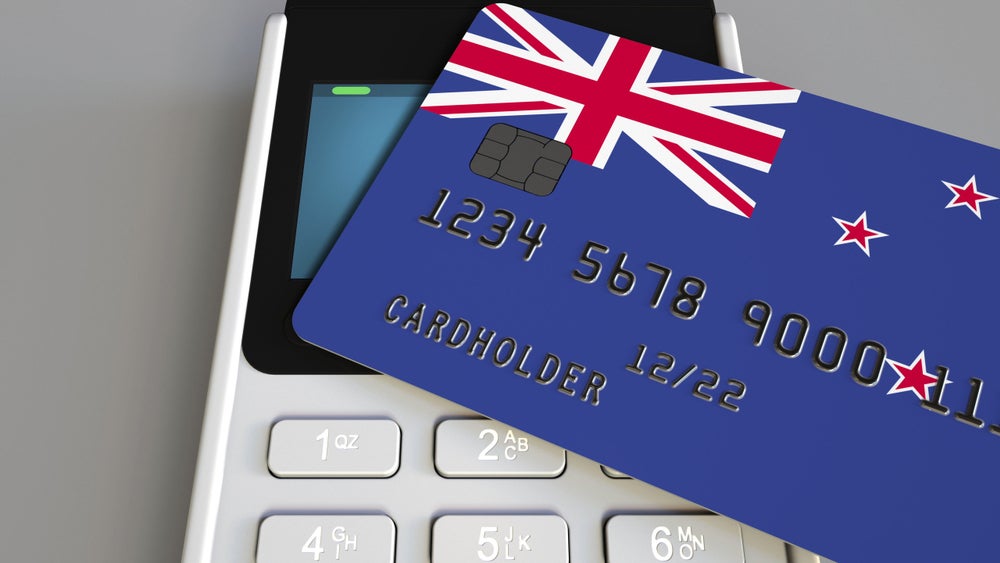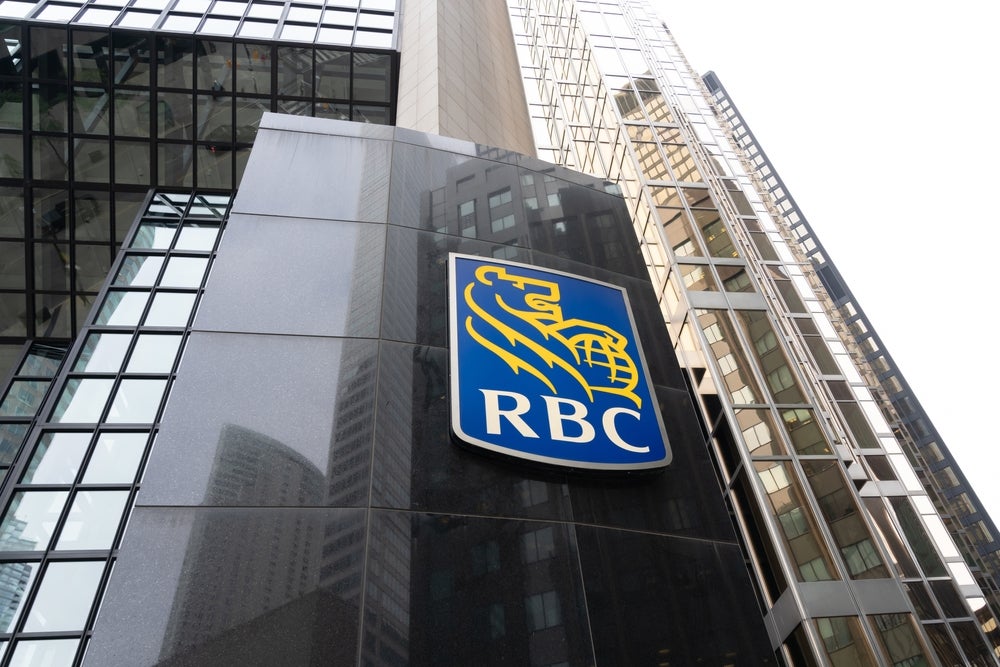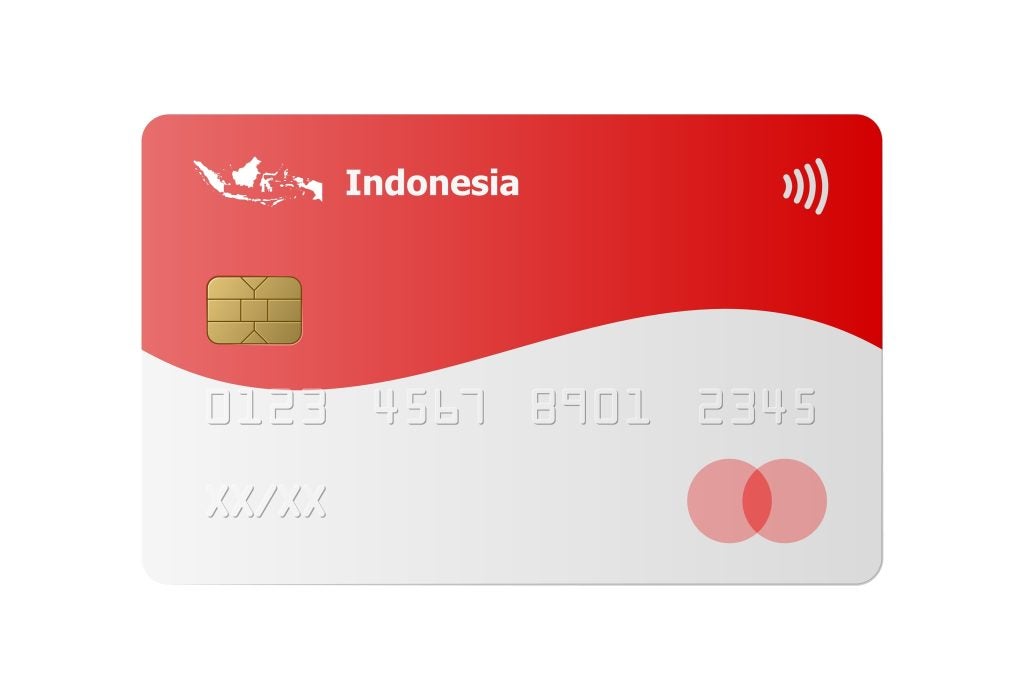There’s a massive question-mark over the role that banks will play in the future of payments. Whilst the dotcom boom created huge opportunities for innovations like internet banking, it also opened the doors to an onslaught of competition that financial institutions had never encountered before.
For example, PayPal first launched to facilitate payments on eBay, but the convenience it created in person-to-person (P2P) payments led it to become one of the biggest online payments platforms in the world. Today, PayPal processes nearly 12.5 million transactions every day; none of which are processed through the banks. As an isolated example, this might not be hugely concerning, but there’s a growing trend where innovations in payments are being driven by organisations outside the financial services industry; removing the role of banks. Payments have historically made up around a third of a bank’s profits, so they can’t afford to keep losing ground; they must start driving innovation to put themselves ahead of the game. Unfortunately, that’s never been a strong suit of the banks; the last time they delivered a major game-changer was in 1969, when the ATM first revolutionised the high-street.
Losing touch with cash
Attention has moved on from online payments, so the question is; where will the next innovation be? Investments have recently focussed on speeding up the payment process, through the growth of real-time payments, but even this has begun to reach maturity across much of the industry. Today, interest has shifted to contactless and mobile payments, which provide a more convenient way for consumers to pay. Indeed, we’re taking huge strides towards becoming a cashless society. Figures from the UK Cards Association revealed that there were 58 million contactless payment cards in circulation in the UK alone by the end of 2014. MasterCard further indicated that this form of payment will become the norm when it announced that all merchants accepting its cards in Europe must enable customers to pay with contactless cards and Near-Filed Communications (NFC) devices by 2020. Visa Europe has similar expectations; forecasting a threefold growth in mobile payments in the UK, which it expects to reach £1.2 billion a week within the next five years. Added to the mix are the new challengers, such as ATOM Bank, which recently secured its banking licence in the UK without a branch or an online banking platform in sight; its model will be built purely on mobile banking.
As such, the ability to visit a bank or an ATM to withdraw money is becoming less important. If they want to stay relevant in a progressively digital world, banks must put themselves at the forefront of payment innovation. The major technology firms have set their sights firmly on the contactless payments space, with Apple Pay and Google Wallet leading the charge in the race for the biggest slice of the action. Elsewhere, others have identified a major opportunity for contactless payments to add value beyond just facilitating transactions. For example, Starbucks has launched a mobile app that allows customers to pay for their coffee, then stays open for 30 minutes, prompting them to tip their barista. This is a great example of how organisations are starting to think outside the box for new ways they can continue to engage with customers after the payment stage; creating new revenue opportunities in the process. This type of thinking will be critical in driving the adoption of contactless payments. However, what these examples all share in common is that the role of banks has been removed from the process.
Getting ahead of the game
How well do you really know your competitors?
Access the most comprehensive Company Profiles on the market, powered by GlobalData. Save hours of research. Gain competitive edge.

Thank you!
Your download email will arrive shortly
Not ready to buy yet? Download a free sample
We are confident about the unique quality of our Company Profiles. However, we want you to make the most beneficial decision for your business, so we offer a free sample that you can download by submitting the below form
By GlobalDataIf the banks ignore these threats, there’s a very real risk that their role in the payment process will disappear entirely, as consumers ditch their wallets and switch their cards for a smartphone. If they’re to get back ahead of the game, banks must first recognise there’s no one-size fits all approach; adoption of contactless payments will vary globally. For example, in the U.S., EMV is just starting to gain traction, whereas it’s long since been adopted in the UK and Ireland; where it’s more commonly known as Chip and PIN. At the same time, confidence in cashless payments has been damaged by a number of high-profile breaches of card data at major retailers like Target. This could ultimately delay adoption of contactless payments in the U.S., as concerns over security rise. Key to winning in this market will be providing a contactless payment solution with a high level of security, such as using biometric authentication to verify the customer’s identity. The good news is that banks such as RBS in the UK are already starting to adopt this technology.
Conversely, in Sweden the population is more trusting. Contactless payments are seeing widespread adoption and cash is slowly disappearing. As such, consumers here are more likely to adopt new and innovative payment solutions that offer greater convenience or add value. There’s also generational differences to consider; with older age groups still preferring cash, whilst Gen Y and Gen X are more open to mobile and contactless payments. It will be vital that banks consider all these differentiating factors when developing strategies and planning investments in payments technology, as the key to winning hearts and minds will be in offering solutions that are closely aligned with the way that people want to pay.
The price of innovation
It’s not all about front-end innovation; banks will also need to be ready to support the new systems coming into use on the back-end. Since payment processing is embedded into core banking systems, it’s a major undertaking to introduce new technologies. Banks must also consider that customers are likely to use a wide variety of NFC-enabled devices; from cards, to smartphones/watches, or even just a fingerprint to make a payment, and they’ll be making smaller and more frequent transactions as contactless payments replace cash. This will lead to a fragmented payments landscape, so banks will need to roll out standardised and pre-configured technology platforms in a centralised hub that can support any type of payment and connect all of the bank’s internal systems, networks and processes in order to deal with these transactions efficiently and effectively.
There’s clearly much work to do if the banks are to keep their place at the forefront of the payments industry. In the face of fierce competition from new rivals, the banks must start to think outside the box and drive the agenda. We’ve seen the beginnings of this with the arrival of fingerprint logins for mobile banking; but this is just scratching the surface. It will be the ability to offer services that add value to the process of paying that will be provide the biggest competitive edge in the years ahead; so that’s where the banks need to be focussing their efforts.
By Stuart Drew, Executive Vice-President, Financial Services Europe, HCL Technologies







